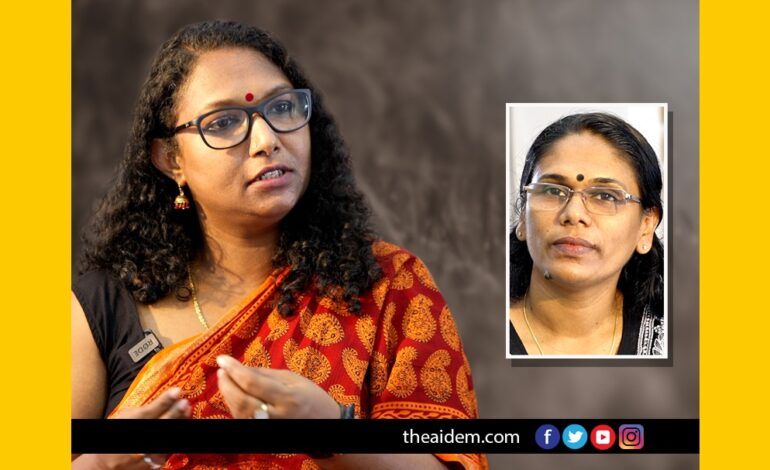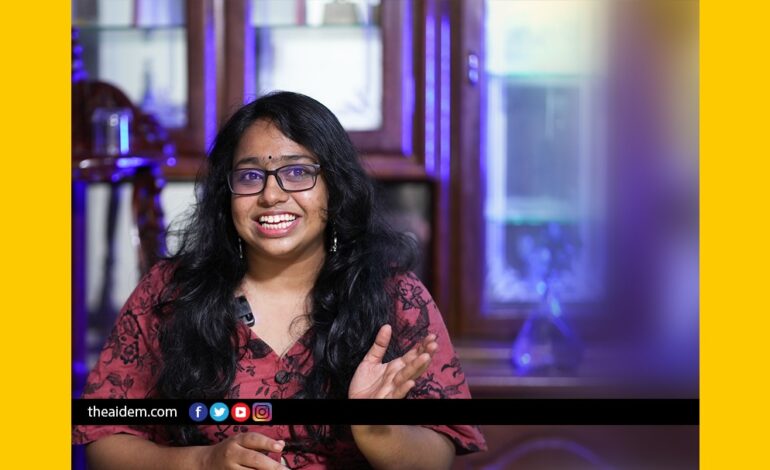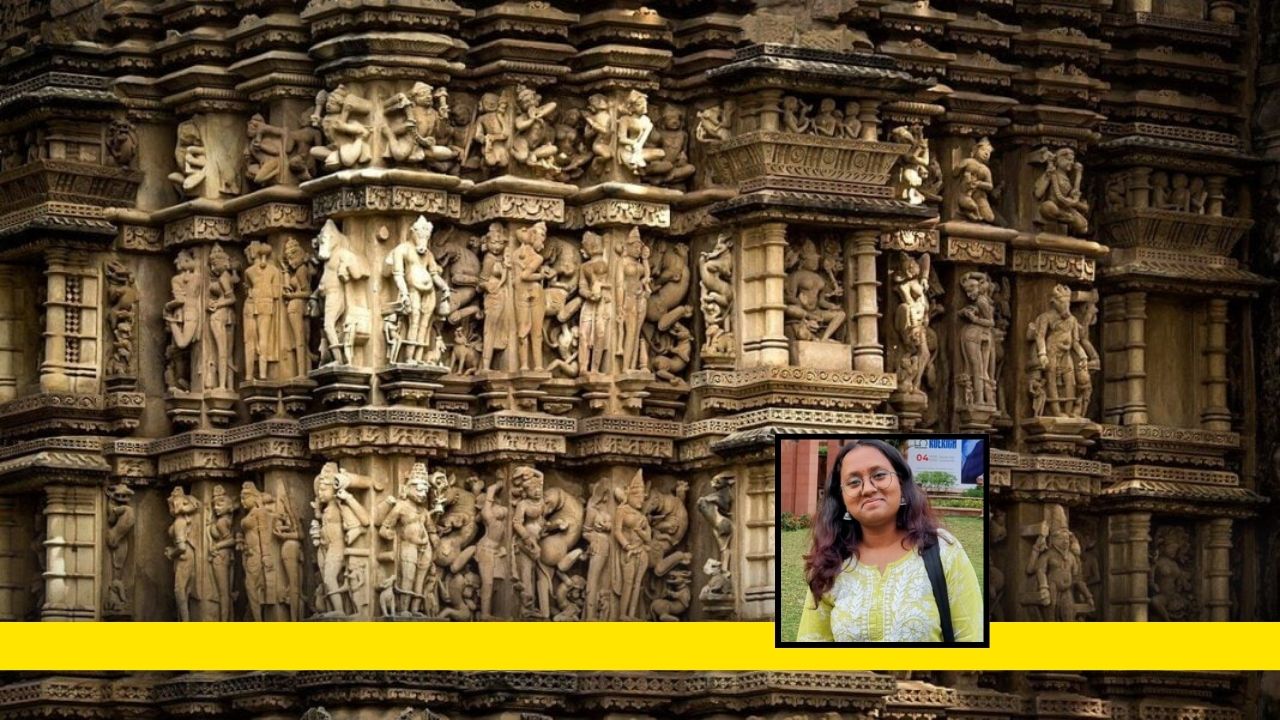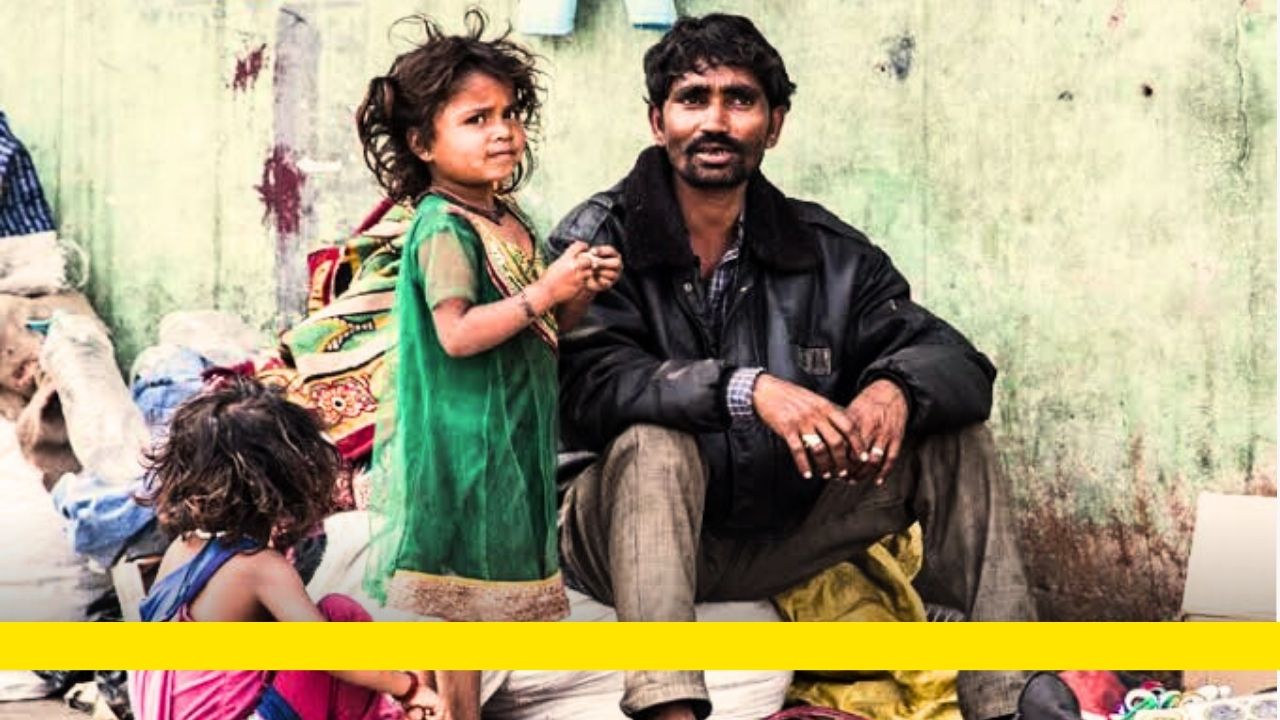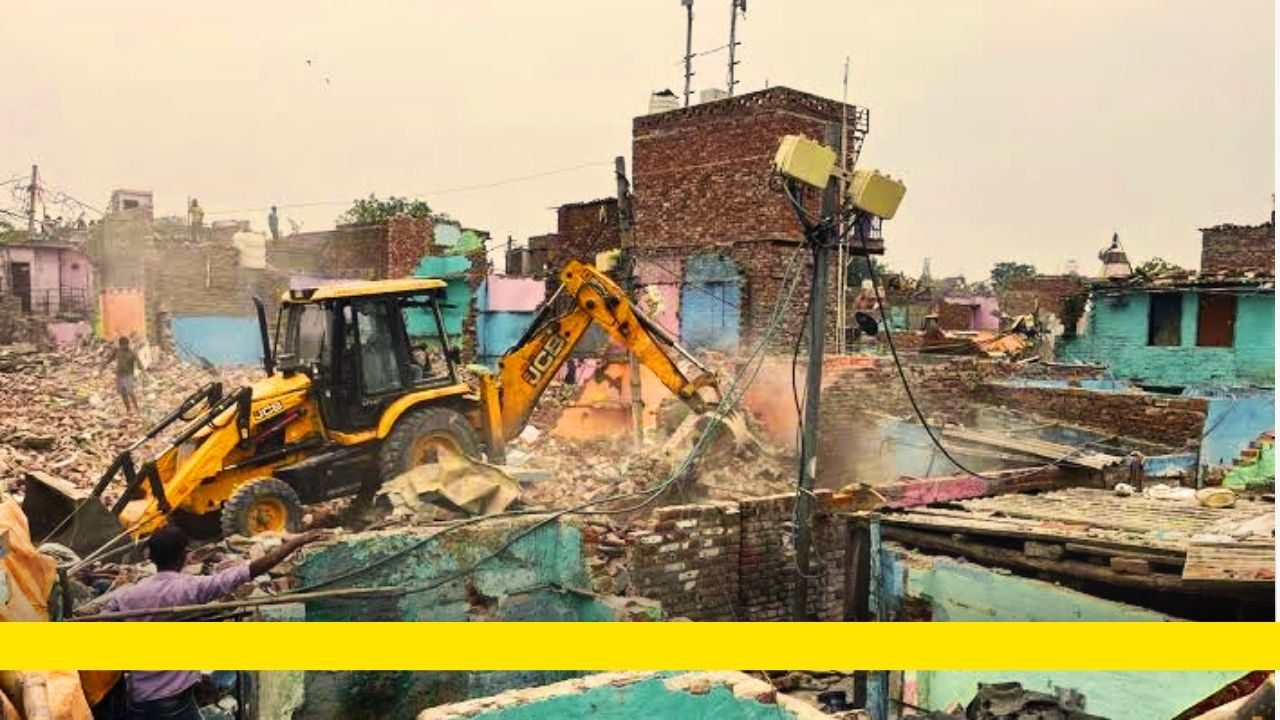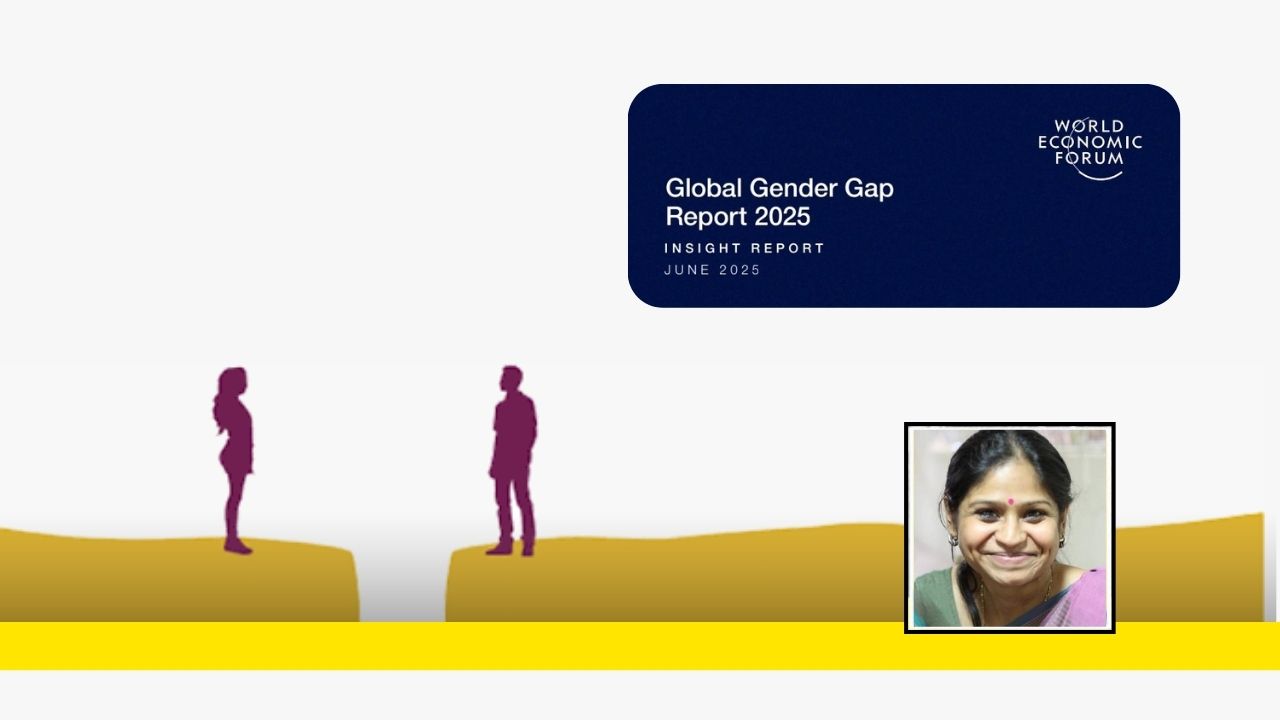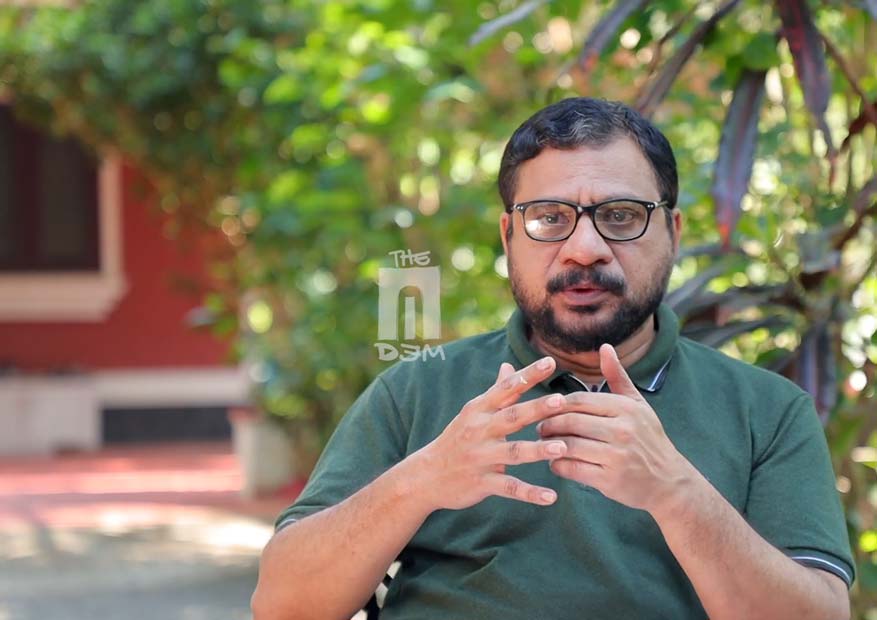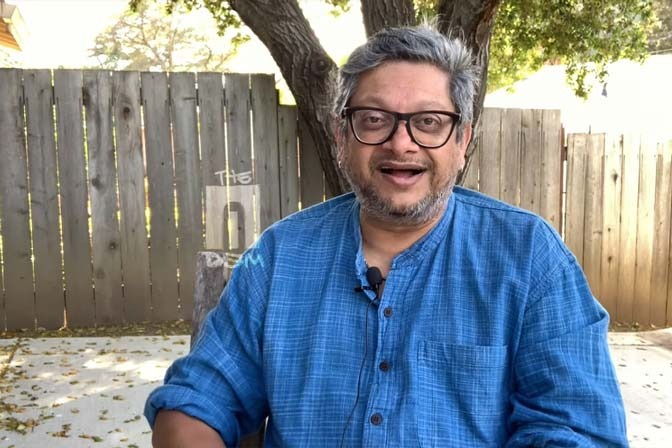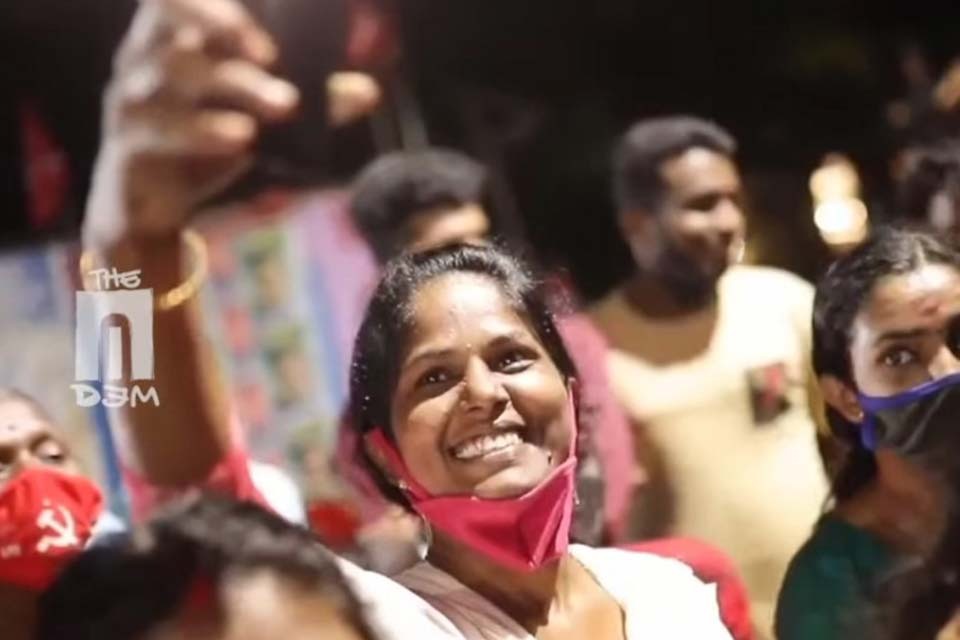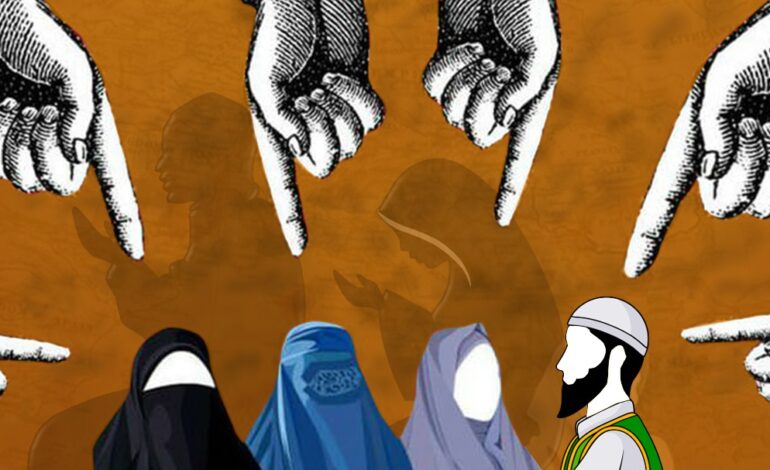
“You can get quite far in a democracy if you can convince a majority that they are victims of a minority and that only you can protect them.”
Garry Kasparov, former world chess champion and a great defender of democracy in his country, Russia, tweeted this once a few years ago and reiterated it when Putin invaded Ukraine. Sadly, and ominously, these words ring true today in the Indian context too.
It would be disingenuous to pretend that the rising Islamophobia in the country has been a phenomenon purely engineered by the current BJP regime in power at the centre in India and in my home state Karnataka, which now seems to be the epicentre of several unsavoury issues. Fault lines have built up over decades, but the tensions were under the surface and largely remained there, with infrequent explosions that were, fortunately, contained- almost always. But it caused severe damage to the minority psyche because it would be the minorities, mainly Muslims at the receiving end of violence. In recent times, however, the silence of the powers that be has enabled ruffians and extremists on the ground, ably aided by complicit politicians, to run amok and create a hostile and threatening environment.
There are several factors which have contributed to this slippery slope we are in but to my mind, the mainstream media, especially television, must shoulder a large part of the blame. It was this very media that helped bring the UPA government down because it was in those days largely unfettered. The BJP now, with a little carrot and a lot of stick, has ensured that the tag “godi (lapdog) media is largely true- with, as always, a couple of honourable exceptions. Anchors compete with each other to be servile to the ruling party. L K Advani had famously commented that during the Emergency, when Indira asked the media to bend, they crawled. I wonder what he would have to say now if at all he’s allowed to speak.
Whilst this servility is distasteful, what is even more alarming is the extreme anti-minority bias displayed by several television anchors. The tirade against the Tablighi Jamaat for “spreading Covid” had reached such a crescendo that even the then BJP CM of Karnataka, Yeddyurappa, was forced to issue a statement that the vilification of Muslims must stop. That, however, was just the beginning. From the controversy over the hijab being worn to college in Karnataka and the sudden revulsion for halal meat, the usual suspects in the media have kept up a shrill, anti-Muslim tirade that contributes to the prevailing atmosphere of distrust and bigotry. Sane voices are few and are easily drowned out by the cacophonies of hate.
That this has coincided with a calamitous decline of the principal opposition party is no surprise. Congress is finding itself between a rock and a hard place. Being continuously reactive to Modi means that they’re always scrambling to catch up. There is a leadership crisis and a crisis of ideology. Besides the lack of clarity on how to go ahead is causing disquiet to even its staunchest supporters. This is the time the country needs Congress the most, as a centrist counterpoint to the far-right BJP. The rest of the opposition parties are too busy protecting their own fiefdoms as they are all regional parties. The Left in Bengal and Tripura has almost been decimated and now is a force only in Kerala. All this is adding up to the BJP’s idea of India having no real counter.
We are, therefore, poised at the brink of a precipice and showing no signs of backing up. A situation that is fraught is ripe for mischief mongers. Organisations like the SDPI which revel in rabble-rousing can be relied upon to meddle there. The far-right extremists on both sides need each other to survive. All this time they were considered the fringe and it was possible to ignore them. Today, however, the silence of the moderate Hindu acts as an enabling force for majoritarian bigotry. Things have reached a pass where the army itself, which tweeted a picture of a community iftar it had organised, deleted the tweet after a known bigoted television anchor complained about what he called this “sickness”. The genie of communal poison is well and truly out of the bottle and is refusing to go back.
What, then, is the future for the beleaguered Muslim and, indeed, for the nation itself? When the Babri masjid fell in 1992, we teetered on the brink and somehow righted ourselves. The BJP had only four state governments at that time and lost three of them in subsequent elections. This time there’s a sinking feeling that the malaise is deeper and will take longer to reverse, if at all. The start must come from an electoral rejection of right-wing politics- only then can the slow climb towards some sort of normalcy be attempted.
Speaking of Gandhiji, Jawaharlal Nehru once said, “I was taught by a great man never to hate- and never to fear”. It is time every Indian reminds himself of this and puts it into practice if this beautiful country has to soar once again.


